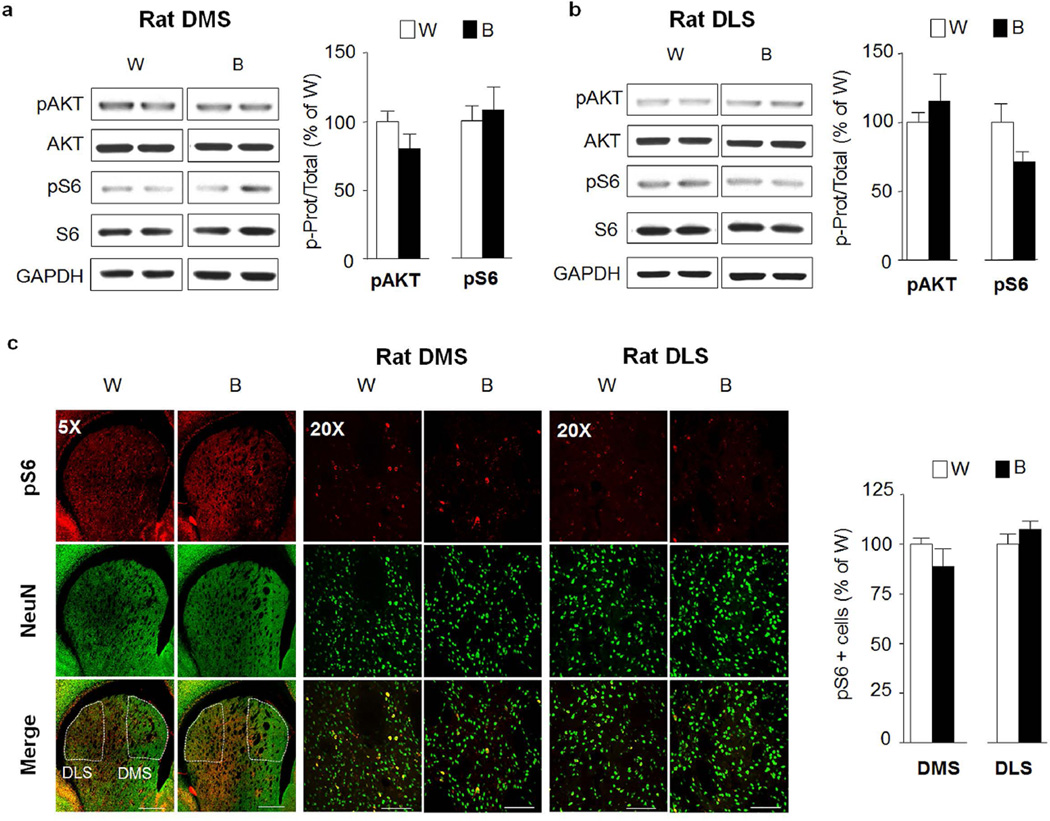Figure 4. Excessive alcohol intake does not activate AKT/mTORC1 signaling in the rat dorsal striatum.
After 7–8 weeks of IA20%-2BC, the DMS and DLS of rats were removed 30 min after the beginning of the last drinking session (Binge, B, see Fig. 1). (a,b) Phosphorylation of AKT and S6 was determined by western blot analysis. ImageJ was used for optical density quantification. Data are expressed as the average ratio +/− S.E.M of phospho-AKT to AKT and phospho-S6 to S6 and are expressed as percentage of water (W) controls. Significance was determined using two-tailed unpaired t-test. (a) Phosphorylation level of AKT and S6 in the DMS of binge drinking rats (B) pAKT p>0.05; pS6 p>0.05. n=7 per group (b) Phosphorylation level of AKT and S6 in the DLS of binge drinking rats (B) pAKT p>0.05; pS6 p>0.05. n=7 per group. (c) IHC analysis of phospho-S6 levels in the DMS and DLS of alcohol binge-drinking rats (B) compared to water (W) controls. Representative images of rat dorsal striatum labeled with phospho-S6 in red and NeuN in green. Bar scale 5×, 500µm; 20×, 80µm. Phospho-S6 labeled cells are expressed as percentage of the controls. Phospho-S6 in DMS p>0.05; phospho-S6 in DLS p>0.05. n=5 per group for DMS, n=7 per group for DLS.

